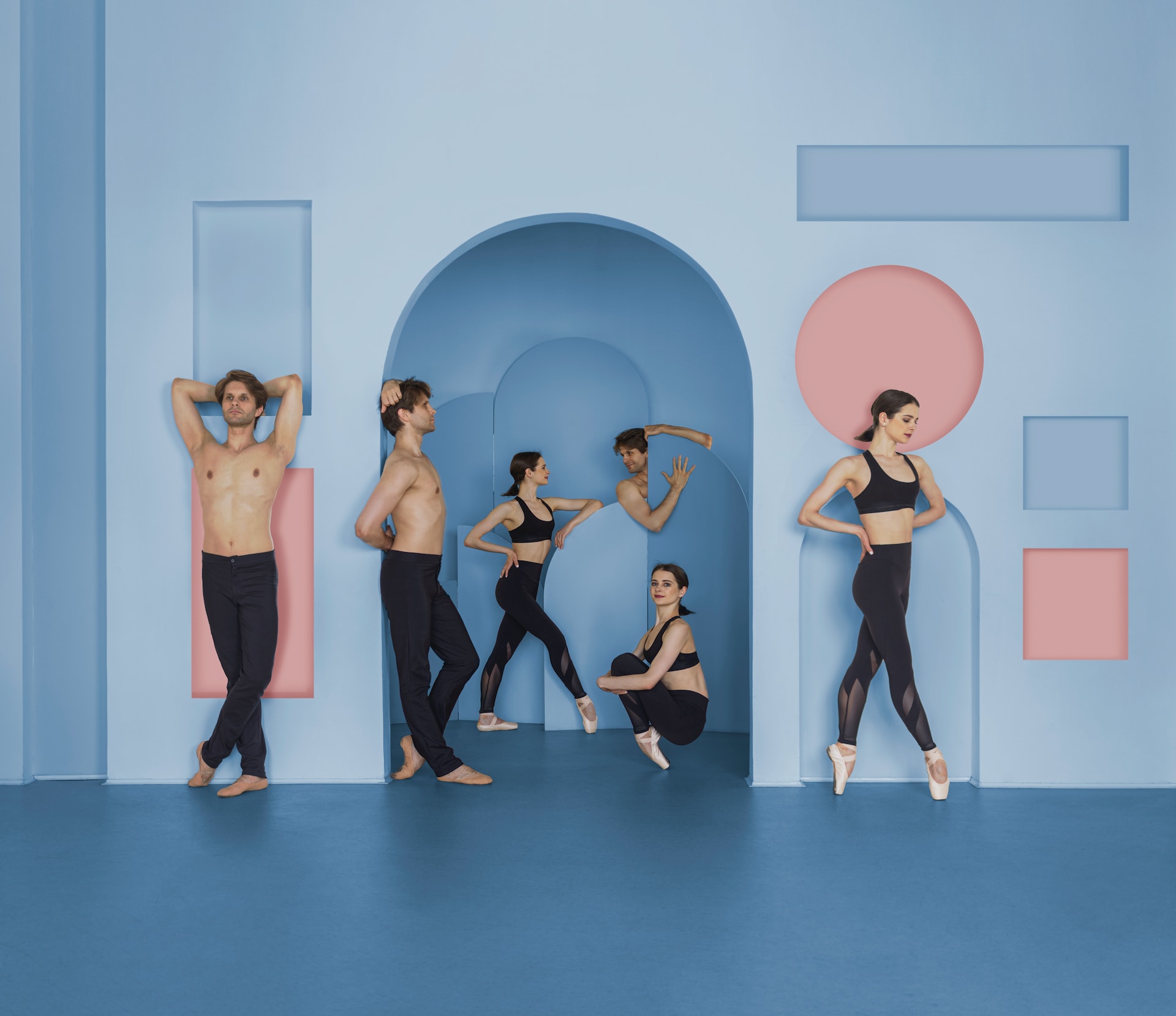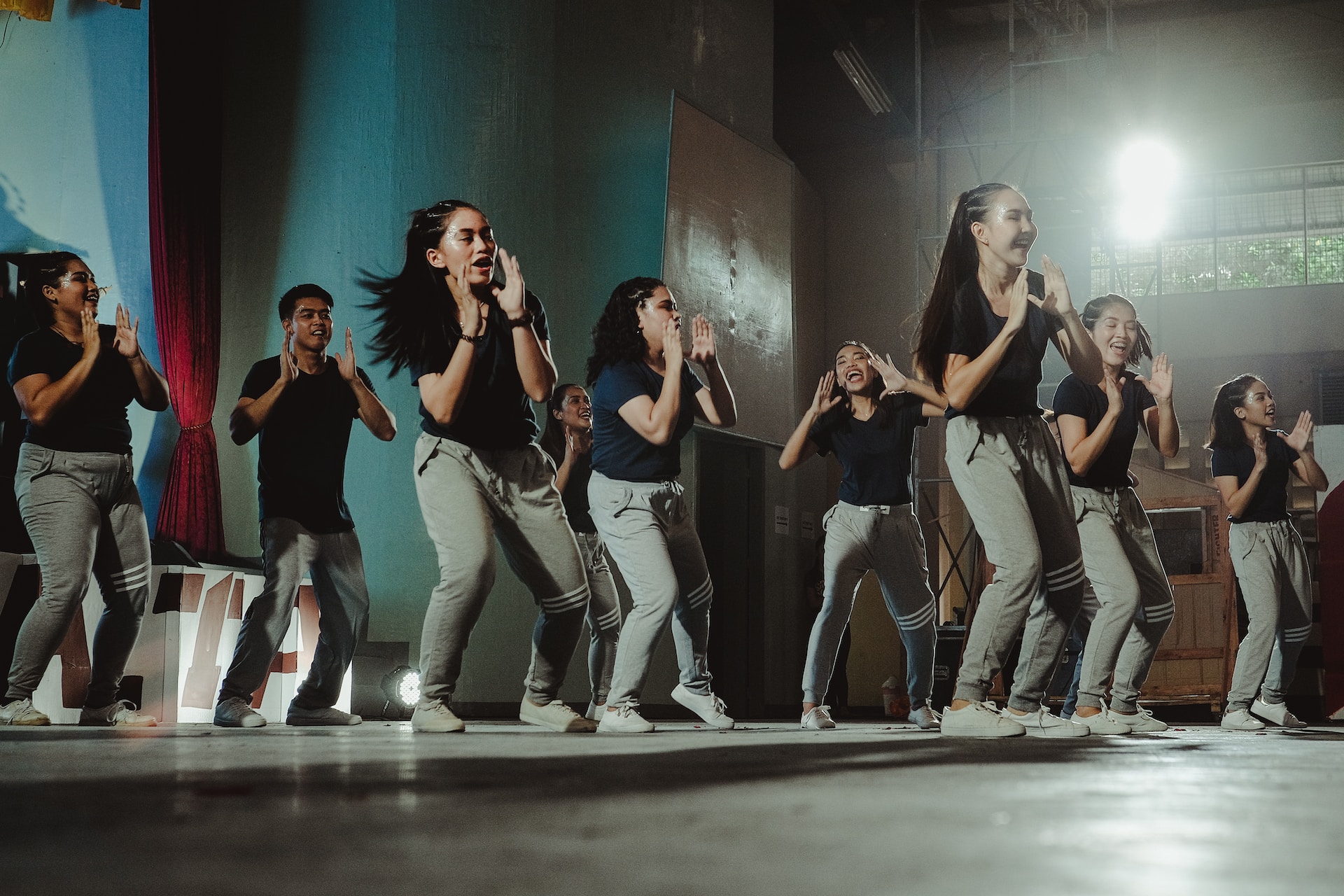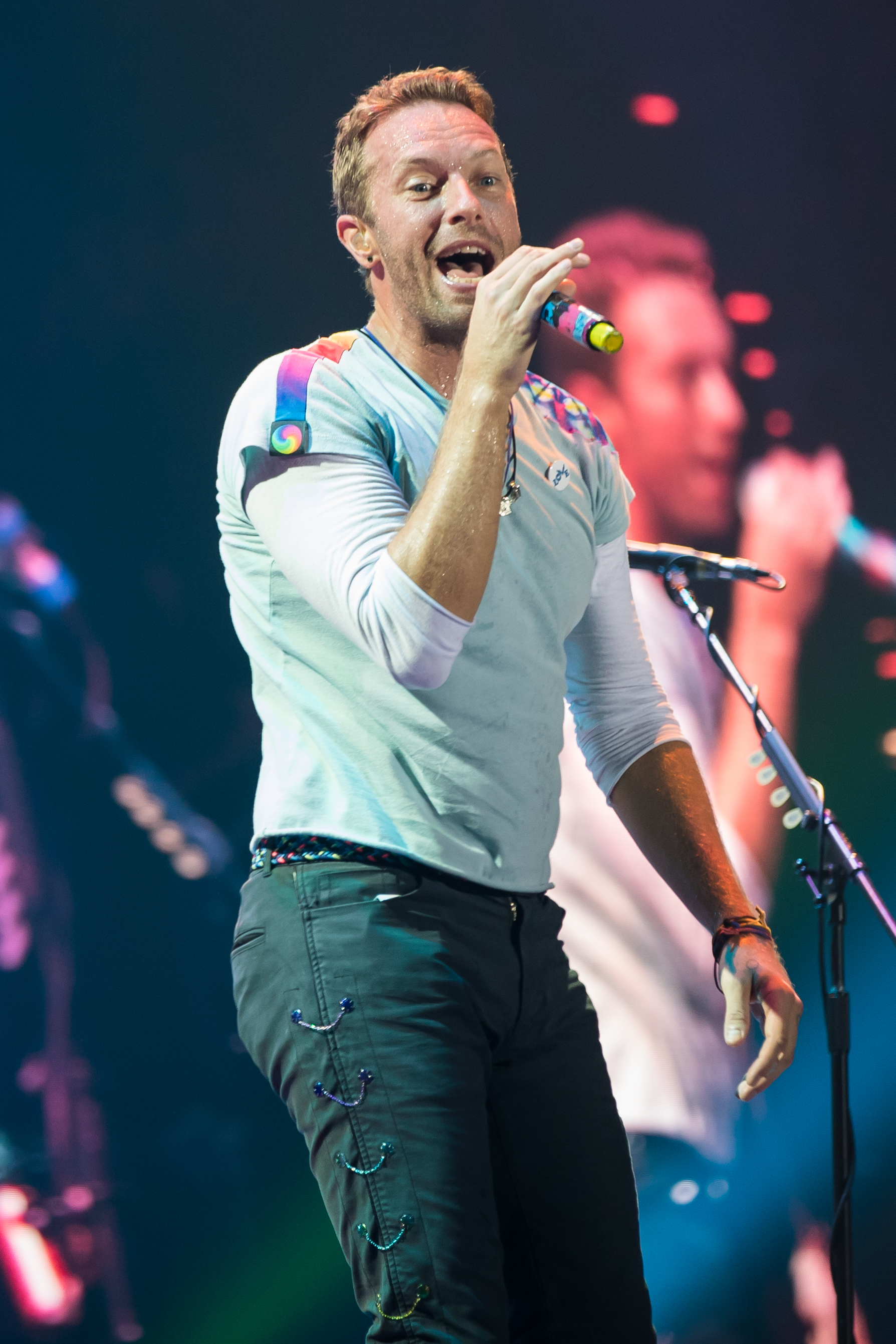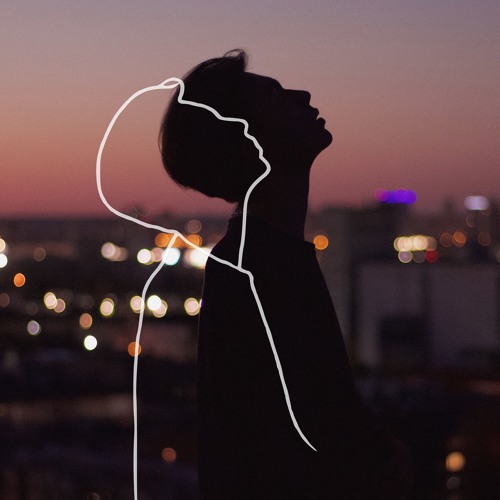Tips untuk Berlakon dalam Adegan Emosional! by Chin Ping Tioh
Berlakon dalam adegan yang penuh dengan perasaan adalah cabaran yang menguji keupayaan pelakon untuk menyampaikan perasaan dan emosi mereka dengan cara yang benar. Berikut adalah beberapa nasihat yang berguna untuk membantu anda berlakon adegan yang penuh dengan perasaan:
1. Lakukan Penyelidikan: Sebelum berlakon dalam adegan yang beremosi, pelajari watak anda, latar belakang cerita, dan konteks adegan. Selepas anda memahami perasaan dan emosi yang dialami watak anda, cari hubungan atau pengalaman peribadi yang boleh membantu anda menyampaikan perasaan tersebut dengan lebih jelas.
2. Temui sumber yang memberi inspirasi: Sebagai sumber inspirasi, lihat filem, buku, atau drama yang mempunyai adegan yang mendalam. Lihat bagaimana pelakon profesional menangani keadaan ini dan bagaimana mereka menyampaikan perasaan mereka melalui bahasa badan, intonasi suara, dan ekspresi wajah mereka. Semak teknik yang mereka gunakan dan gunakannya untuk lakonan anda.
3. Latihan Empati: Belajar untuk memahami dan merasakan emosi yang anda perlu sampaikan dalam adegan tersebut. Setelah anda merasakan perasaan anda, cuba lihat keadaan dari sudut pandangan watak anda. Latihan ini akan membolehkan anda menghubungkan diri dengan perasaan watak anda dan menyampaikannya dengan lebih kuat dan jujur.
4. Gunakan Teknik Tarikan Emosi: Jika anda menghadapi masalah untuk mencapai emosi yang diperlukan, gunakan teknik tarikan emosi. Ini memerlukan mengingati emosi yang sama daripada pengalaman peribadi anda dan memasukkannya ke dalam lakonan anda. Walau bagaimanapun, pastikan anda mempunyai keupayaan untuk mengendalikan emosi anda dan mengekalkan keseimbangan untuk keselamatan dan kesihatan mental anda.





